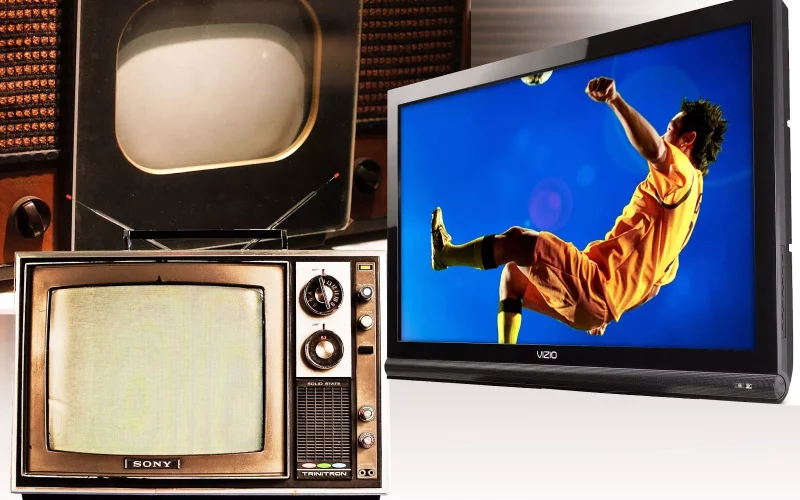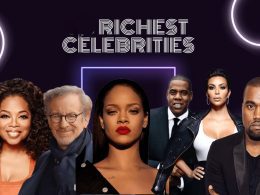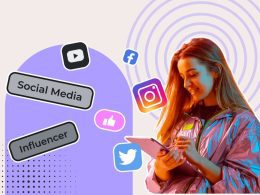Introduction
Television has been a central part of global culture since its inception, shaping and reflecting societal norms, values, and trends. As cultures evolve, so too does television content. This article delves into the intricate relationship between cultural shifts and television, examining how changes in societal attitudes, values, and demographics impact what we see on the screen.
Historical Context
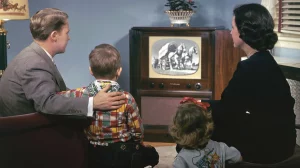
-
The Golden Age of Television (1950s-1960s)
During the 1950s and 1960s, often referred to as the “Golden Age of Television,” programming was heavily influenced by post-World War II optimism and the burgeoning middle class. Shows like “Leave It to Beaver” and “The Andy Griffith Show” epitomized the idealized American family, reflecting the societal norms of the time.
-
The Counterculture Movement (1960s-1970s)
The late 1960s and 1970s saw significant cultural shifts driven by the civil rights movement, feminist movement, and anti-war protests. Television began to mirror these changes with more socially conscious programming. Shows like “All in the Family” and “M*A*S*H” tackled controversial issues such as racism, sexism, and the Vietnam War, challenging the status quo.
-
The Rise of Cable Television (1980s-1990s)
The advent of cable television in the 1980s and 1990s brought a proliferation of channels and more diverse content. Cultural shifts during this period, including the rise of consumerism and the increasing visibility of LGBTQ+ communities, influenced programming. Shows like “The Cosby Show” and “Will & Grace” broke new ground by representing African American families and gay characters, respectively.
Modern Cultural Shifts and Television Content

-
The Digital Revolution and Streaming Services
The 21st century has seen a dramatic shift in how television content is consumed, primarily due to the rise of digital platforms and streaming services like Netflix, Hulu, and Amazon Prime. These platforms have democratized content creation and distribution, allowing for a broader range of voices and stories to be told.
-
Impact on Content Diversity
Streaming services have capitalized on cultural shifts towards greater inclusivity and representation. Shows like “Orange is the New Black” and “Master of None” feature diverse casts and tackle issues related to race, gender, and sexuality. This trend reflects a broader societal push towards recognizing and celebrating diversity.
-
Social Media and Audience Engagement
The integration of social media with television has transformed how audiences interact with content. Platforms like Twitter and Instagram allow viewers to engage with shows in real-time, creating a more interactive and participatory viewing experience. This shift has influenced television content, with creators increasingly considering audience feedback and social media trends when developing story lines.
-
The MeToo Movement and Changing Gender Dynamics
The MeToo movement, which gained prominence in 2017, has had a profound impact on television content. There has been a noticeable shift towards more female-led shows and narratives that address issues of sexual harassment and gender inequality. Series like “The Handmaid’s Tale” and “Big Little Lies” resonate with contemporary audiences by exploring themes of female empowerment and resistance.
-
Globalization and Cross-Cultural Influences
Globalization has facilitated the cross-pollination of cultural influences, leading to more diverse and globally-minded television content. International shows like “Money Heist” (Spain) and “Parasite” (South Korea) have found global audiences, challenging the dominance of American television and introducing viewers to new cultural perspectives.
Challenges and Criticisms
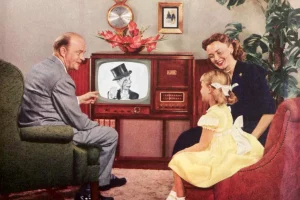
-
Cultural Homogenization
While globalization has increased the diversity of television content, it has also led to concerns about cultural homogenization. Critics argue that the global reach of American media can overshadow local cultures and traditions, leading to a loss of cultural identity.
-
Representation vs. Stereotyping
Despite progress in representation, television content still grapples with issues of stereotyping and tokenism. Characters from marginalized communities are sometimes depicted in ways that reinforce negative stereotypes, undermining the push for genuine inclusivity.
The Future of Television Content

-
Technological Innovations
Advancements in technology, such as virtual reality (VR) and augmented reality (AR), are poised to revolutionize television content. These technologies offer new ways to engage with stories, potentially leading to more immersive and interactive viewing experiences.
-
Continued Push for Inclusivity
As cultural shifts continue to emphasize the importance of diversity and representation, television content is likely to reflect these values even more strongly. The success of initiatives like the 4% Challenge, which aims to increase the number of female directors in Hollywood, suggests that the industry is moving towards greater inclusivity.
-
The Role of Artificial Intelligence
Artificial intelligence (AI) is increasingly being used to analyze viewer preferences and predict trends, shaping the development of television content. While this technology offers exciting possibilities, it also raises ethical questions about privacy and the potential for algorithmic bias.
Conclusion
The relationship between cultural shifts and television content is dynamic and multifaceted. As society evolves, television serves as both a mirror and a catalyst for change, reflecting contemporary values while also challenging viewers to think critically about the world around them. The future of television content will undoubtedly continue to be shaped by ongoing cultural shifts, offering new opportunities for storytelling and representation. Introduction






